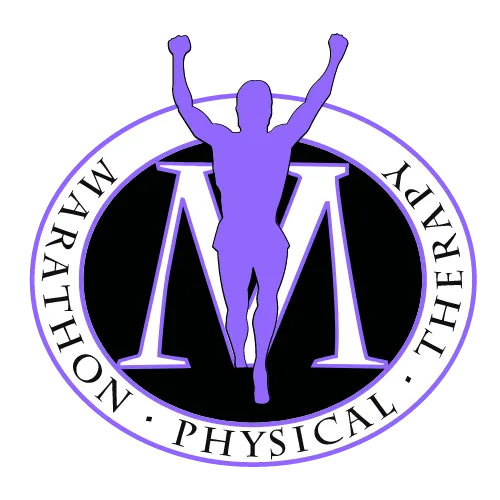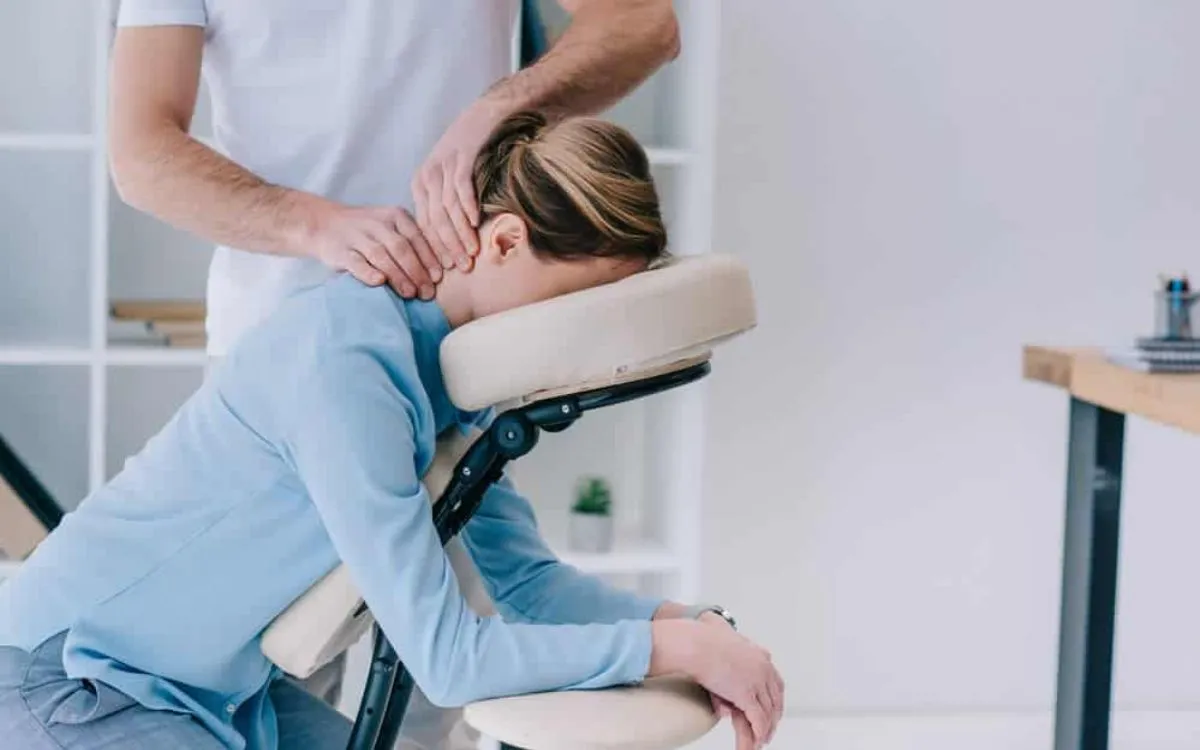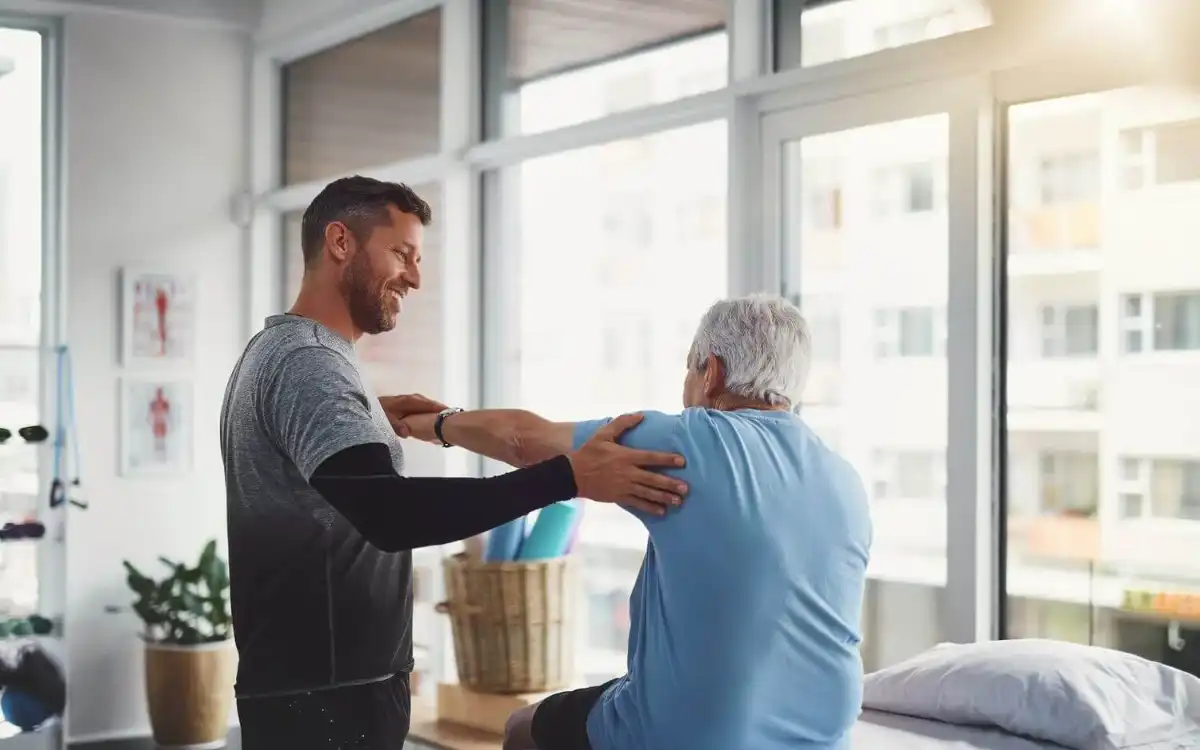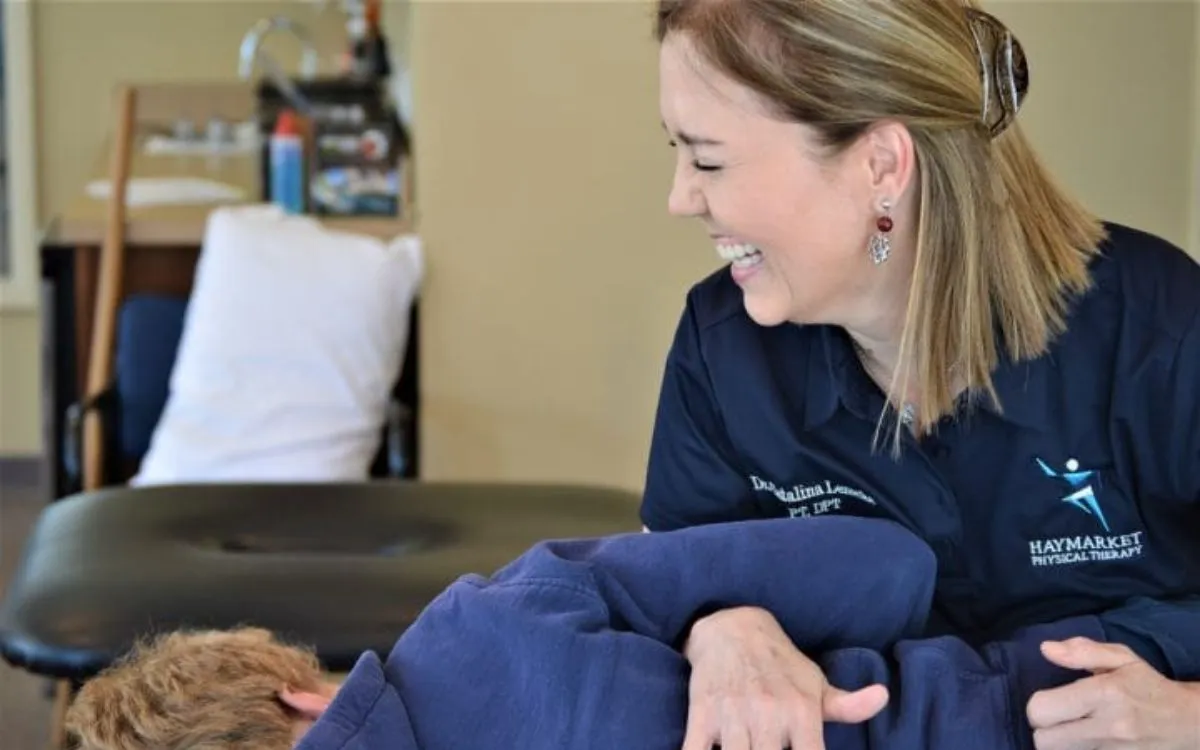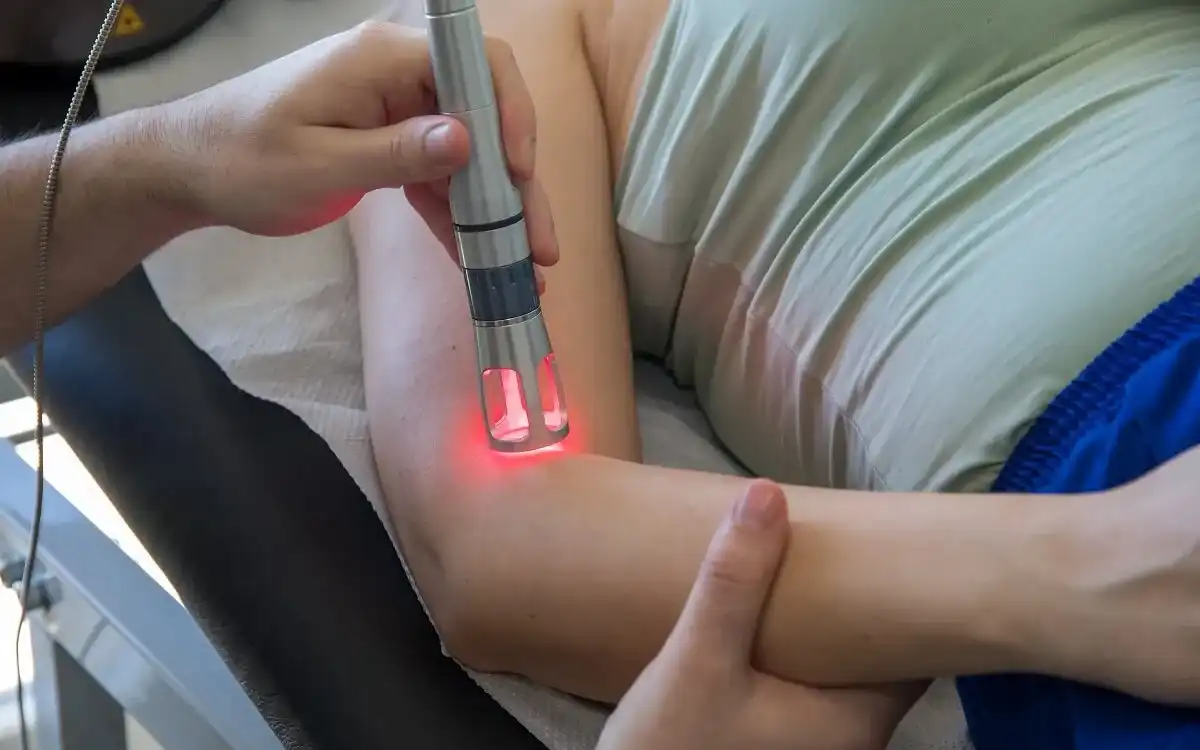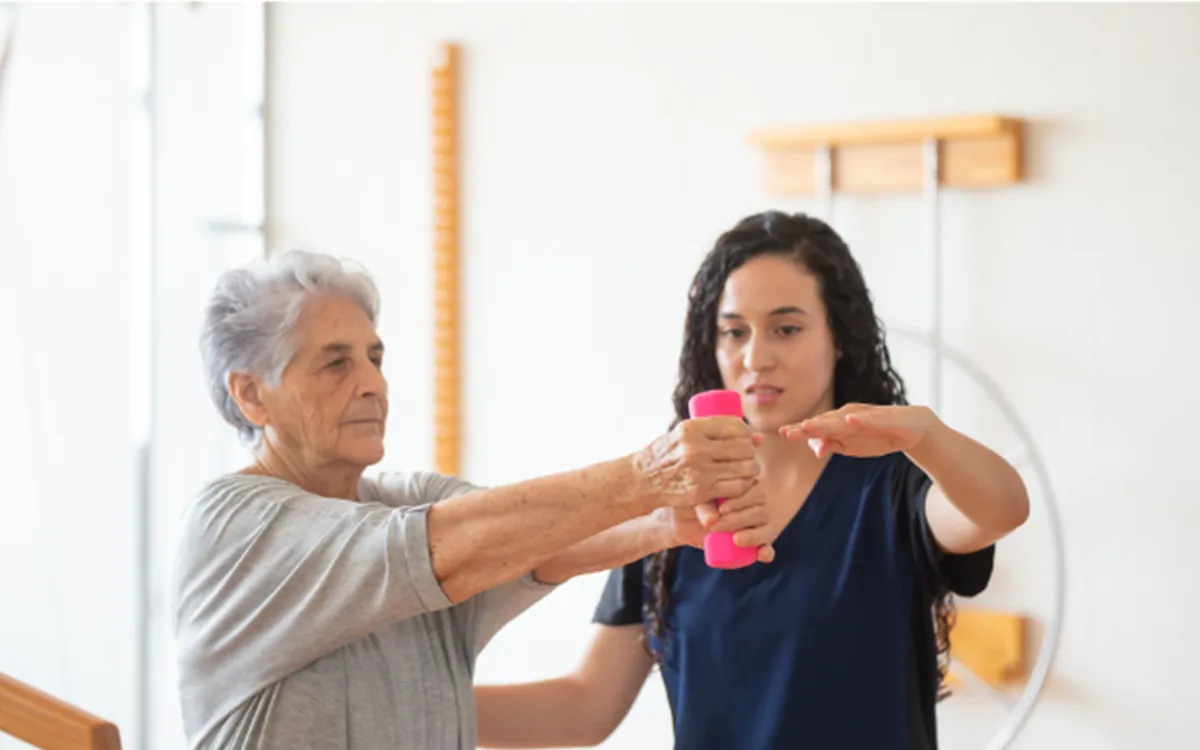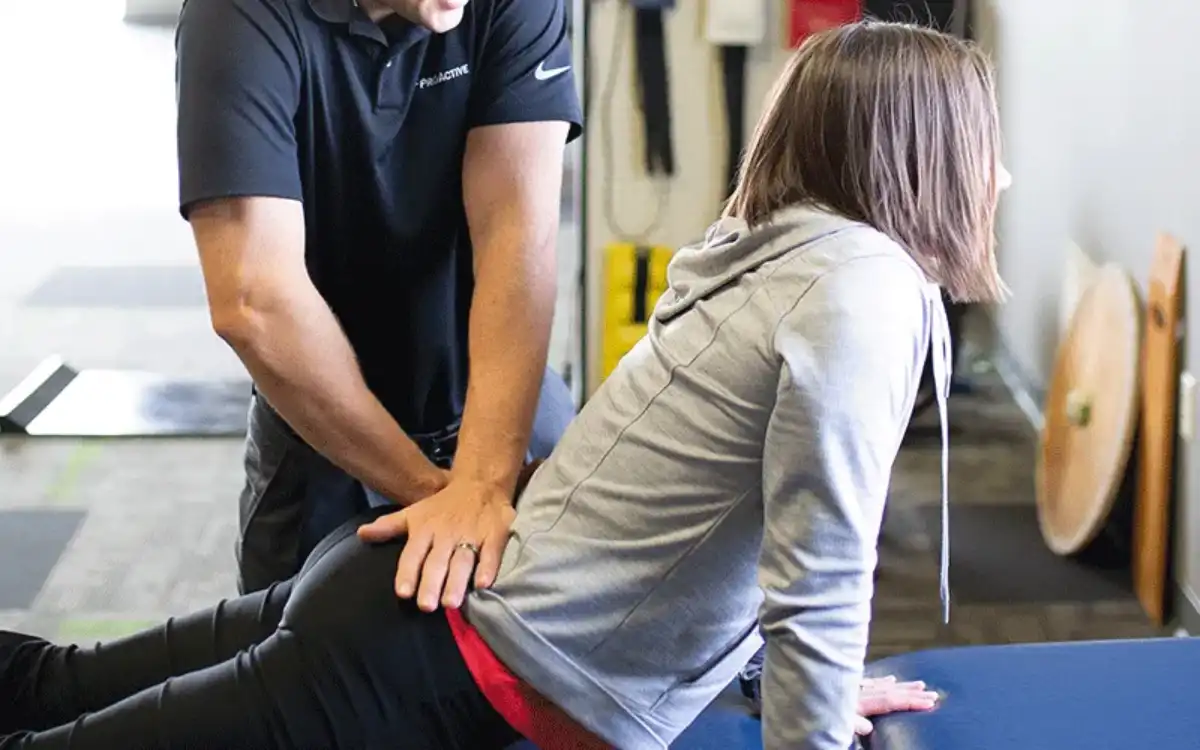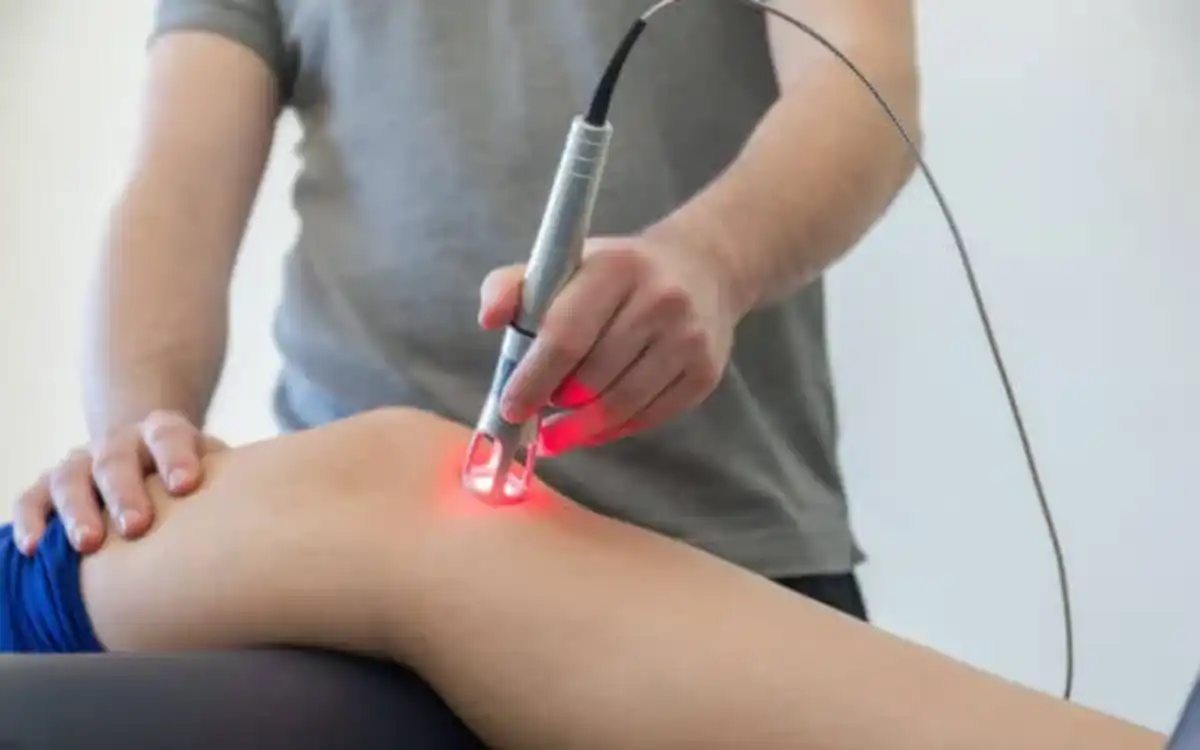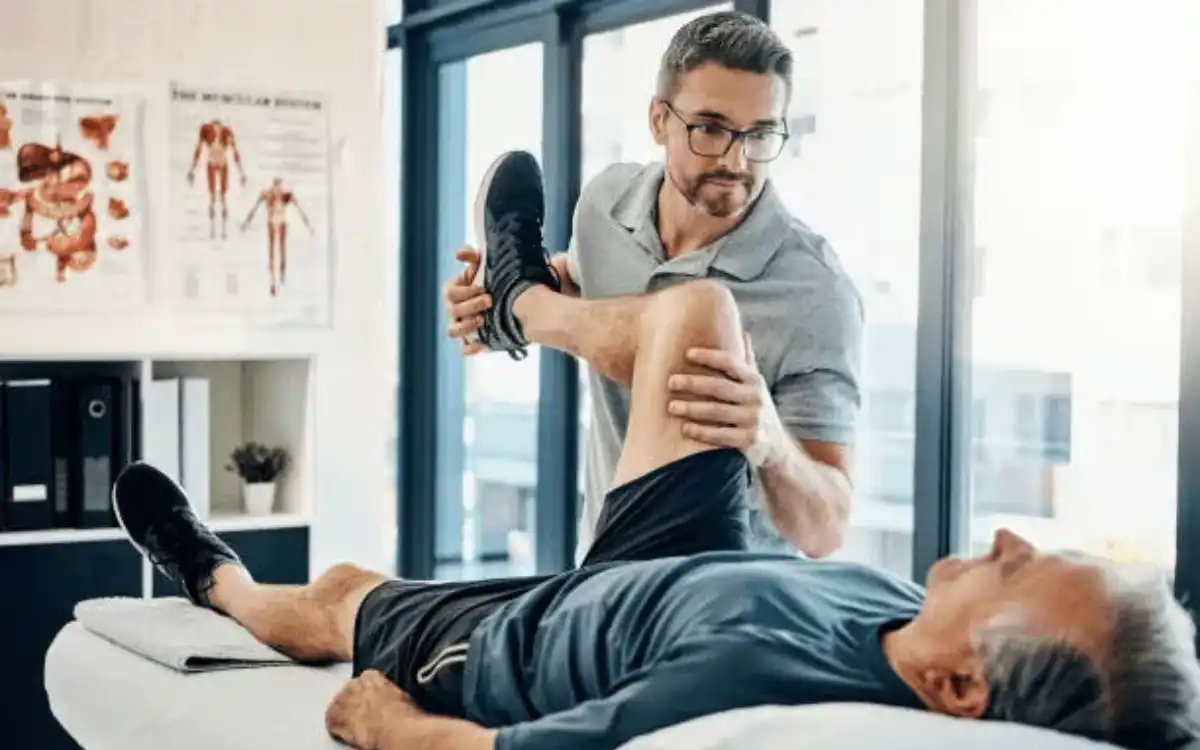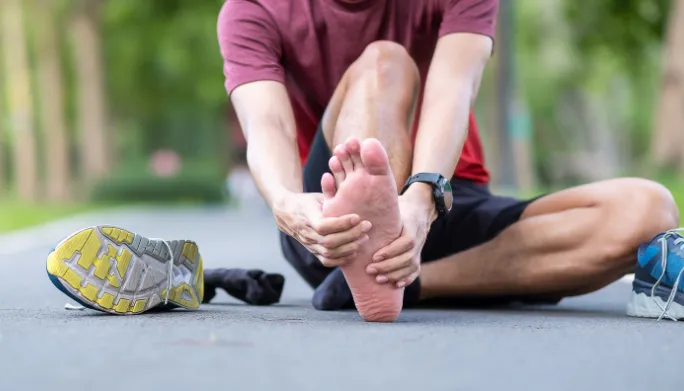OVERVIEW
Shoulder Tendonitis and Impingement
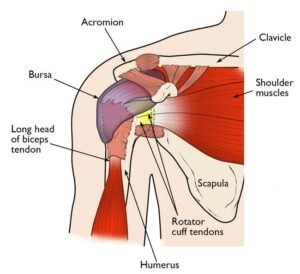
Tendonitis refers to inflammation of the shoulder tendon. Inflammation can manifest as pain, redness and tenderness to the touch. Rotator Cuff Tendonitis, also known as shoulder tendonitis, can develop when the rotator-cuff becomes overloaded, fatigued or traumatized. It can also occur due to age-related degenerative changes. The rotator tendon tendons are pinched or impinged in the region below the bony structure known as the acromion. This is the projection of the shoulder blade at the tip of your shoulder. Impingement occurs when your arm is raised repeatedly overhead, or when your arm is lifted overhead with a large load in your hands. It can also occur when your shoulder is supported. An X-ray may reveal a hook or spur, which increases the chance that you will pinch your rotator cuff tendon.
Treatments for impingement and rotator cuff tendonitis include rest, anti-inflammatory medication like ibuprofen and physical therapy to restore strength and movement. Sometimes, there is a cortisone shot.
TREATMENT
Possible Treatments
- Active Assistive Range of Motion
- Aerobic/Endurance Exercise
- Core Strengthening
- Cryotherapy or Cold Therapy
- Electrotherapeutic Modalities
- Isometric Exercise
- Plyometrics
- Proprioceptive Neuromuscular Facilitation (PNF)
- Posture Training
- Proprioception Exercises
- Physical Agents
- Shoulder Active Range of Motion
- Shoulder Joint Mobilization
- Shoulder Passive Range of Motion
- Shoulder Resistive Range of Motion
- Soft Tissue Mobilization
- Stretching/Flexibility Exercise
GOALS
Possible Treatment Goals
- Decrease Risk of Reoccurrence
- Improve Fitness
- Improve Muscle Strength and Power
- Increase Oxygen to Tissues
- Improve Proprioception
- Improve Range of Motion
- Self-care of Symptoms
- Improve Tolerance for Prolonged Activities
